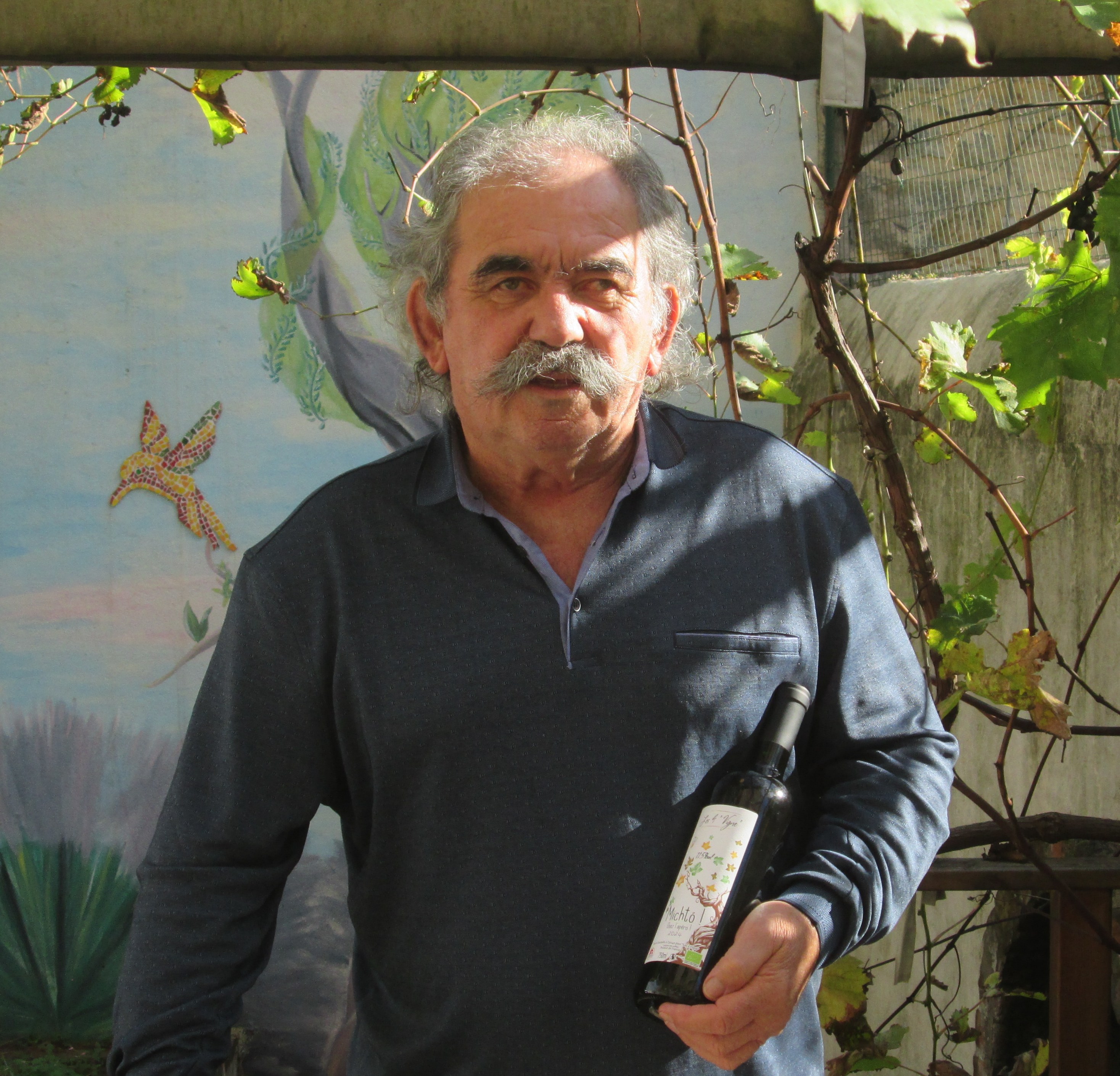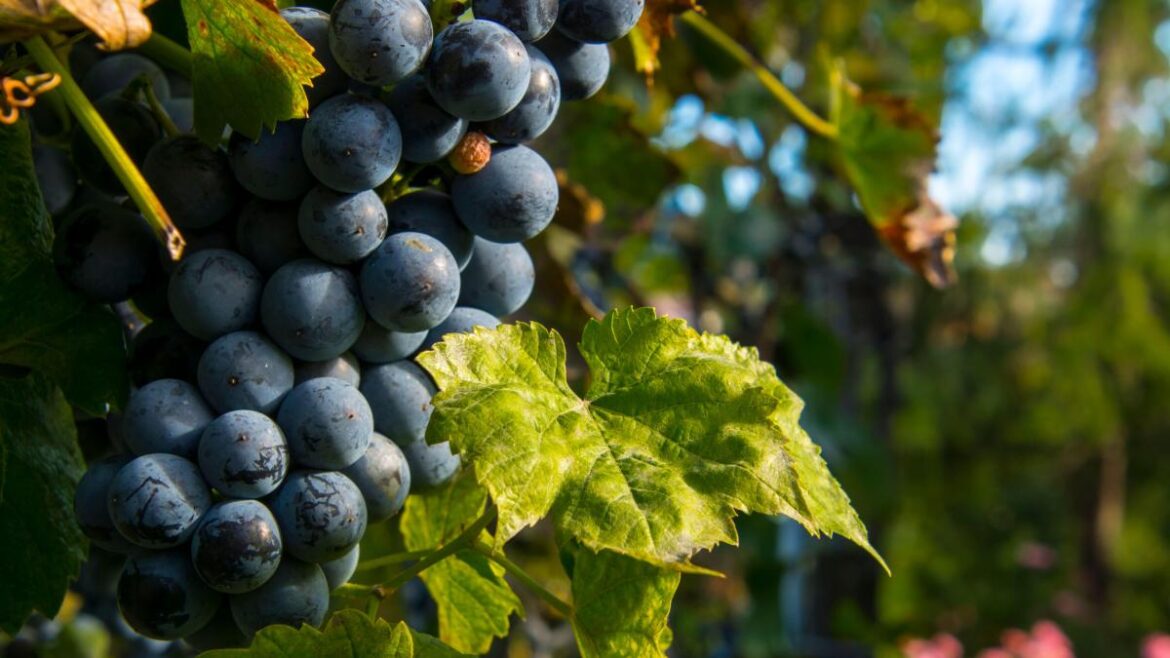Popularly believed to cause madness and blindness, wines produced from six American grape varieties were banned in France nearly a century ago, but now winemakers are raising their glasses to plans to reintroduce them.
Red wine connoisseurs may soon be savouring French vintages made from grape varieties with unfamiliar names such as Clinton, Othello or Noah, rather than Merlot, Cabernet Sauvignon or Grenache.
The European parliament has voted to lift the ban after years of lobbying by French winemakers. They are keen to bring back the American vines because they are naturally resistant to diseases such as mildew. They can also withstand droughts and excessive rainfall made more common by climate change, which have caused a series of poor harvests.
The EU regulates European wine industries and the grape varieties will be reintroduced only after each member state has ratified the measure. Six American varieties — Clinton, Othello, Noah, Isabelle, Jacquez and Herbemont — were banned from French vineyards in the 1930s.


Some producers view the American varieties as an environmentally friendly way to save the ailing French wine industry.
The main reason for the ban was that wines made with the American grapes were deemed to contain too much methanol, a naturally occurring alcohol that can be toxic in high concentrations. Excessive intake can cause blindness, which gave rise to the myth that it was dangerous to drink wines made with the grapes.
“They won’t make you mad or blind. That’s baloney,” Christel Guiraud, chairman of the Cévennes union of Protected Designation of Origin wines, said. He said that trial cuvées, or batches, made by local vineyards had contained 200mg of methanol per litre, well below the permitted limit of 400mg per litre.
• France reclaims its crown in the wine World Tasting Championship
The ban was also motivated by the argument that American vines were more likely to spread phylloxera, a disease caused by a tiny aphid native to north America that devastated vineyards across Europe in the mid-19th century.
“The phylloxera argument is false,” Guiraud said. “In fact, American vines were introduced to combat phylloxera because they’re more resistant to it. They saved French vineyards. The real reason for the ban was to curb overproduction in the 1930s.”
French winemakers took samples of wines made with the American grape varieties to the European parliament in Strasbourg last month for MEPs to try. “We wanted to prove that you can make excellent wine with these varieties and I’m happy to tell you that the MEPs agreed,” Guiraud said.
Christian Vigne has pioneered the reintroduction of the American vines. Since 2022, he has been producing about 1,200 bottles a year of a blend containing 50 per cent Isabelle and 50 per cent Grenache for sample purposes. “The grape varieties that were banned require no pesticides or chemical treatment at all,” he said. “That’s good for the environment, plus it keeps costs down.”

French vineyards have suffered catastrophically poor harvests for two consecutive years because of heatwaves, heavy rain, spring frosts and fungal diseases such as powdery mildew, one of the most common vine diseases.
Winemakers have also been hit by falling sales as many consumers, especially younger ones, have turned to drinks with lower alcohol content, but Vigne believes that the American varieties could help increase demand.
“The wines we make with the banned grapes contain only about 11 per cent alcohol by volume, a lot less than most other wines which contain 14 per cent,” he said. “I think young people are going to be more interested in them.”
• Why we’re still in love with French wines
Guiraud said he was confident that France would ratify the European parliament’s vote to lift the ban.
“When that happens, we’ll start by marketing blended wines with 20 per cent of Clinton or Isabelle and 80 per cent Merlot, Cabernet or Grenache,” he said. “Isabelle and Clinton produce wines that are fruitier than consumers are used to with Merlot or Cabernet, so we want to get people accustomed to them. But you can also make excellent wines with 100 per cent Clinton or Isabelle.”


Dining and Cooking